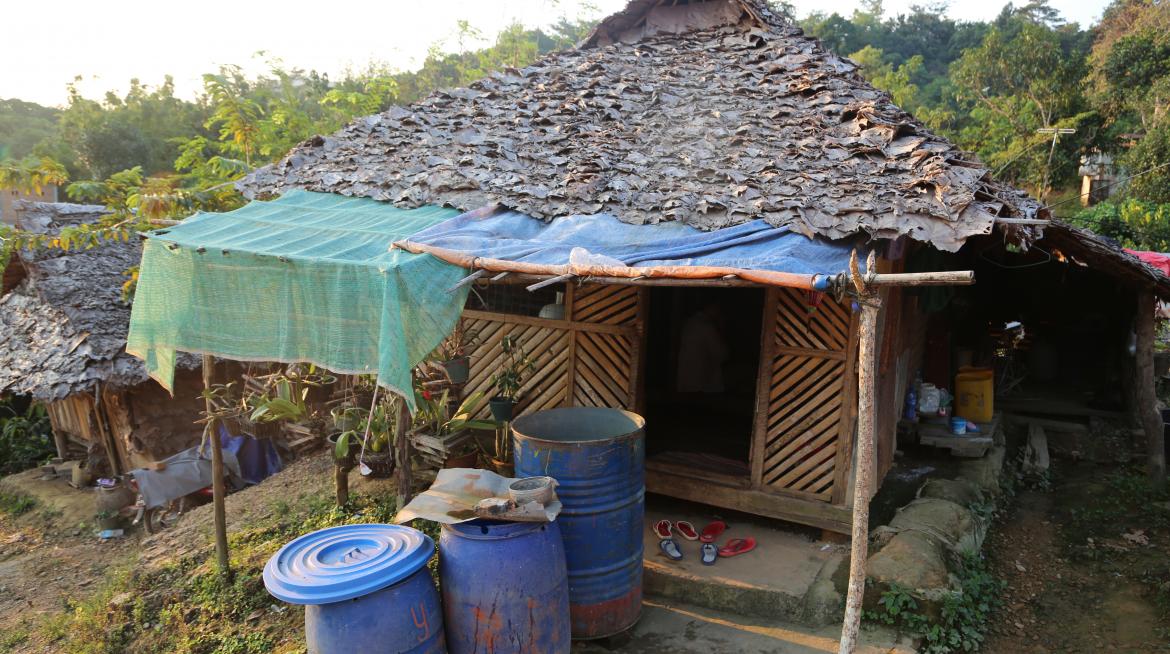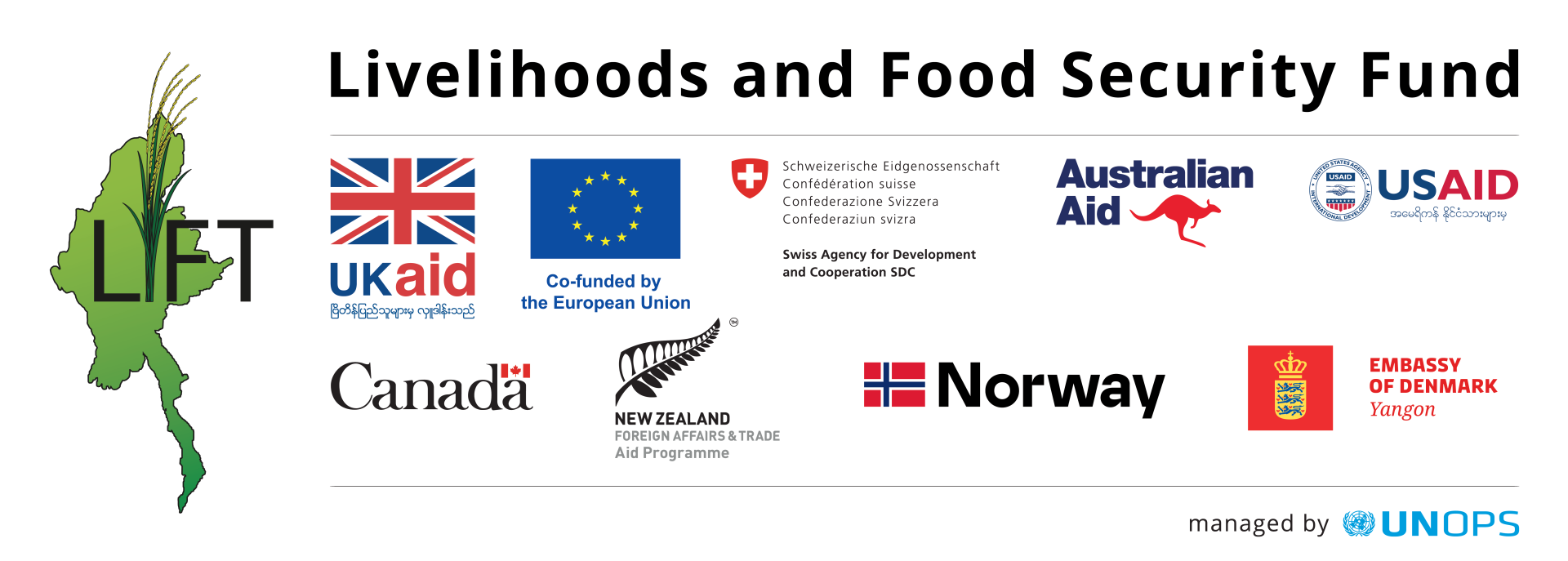
Last month, LIFT partner GRET held a workshop to share the findings of their new research report, Land dynamics and livelihoods in peri-urban Yangon: The Case of Htantabin Township. This report explores land dynamics since the 2012 farmland law and their impact on livelihoods changes in a pre-urbanisation context. The study aims to analyse the relationship between the stakeholders involved and their role in this changing landscape.
The workshop drew government participants from the Yangon City Development Committee (YCDC) and the Ministry of Construction and Urban Development and Housing. Representatives from the International Organisation for Migration (IOM), International Labour Organisation (ILO), Terre des Hommes (TdH), Welthungerhilfe (WHH) JICA and UN-Habitat attended, alongside researchers from the Asia Foundation and Research Institute on Contemporary Southeast Asia (IRASEC). Members of the private sector also attended.
Peri-urban areas - located in the vicinity of the city - are highly affected by the urbanisation process and migration from Yangon but also from other rural townships. These areas in transition are currently the fastest growing in Myanmar - a result of economic change and new rural-urban migration.
When asked why this study is important, lead author Maxime Boutry said, “There is a lack of research on land tenure in peri-urban area. Livelihoods are changing and I think this is a change that we should be aware of and document. Land tenure security issues and associated social inequities in regards to urbanisation are the reason we did this study. It gives us a clearer idea of what can be done."
The research team focused specifically on the case of Htantabin Township in North Dagon, still largely agrarian but with growing industrialisation and migration processes. During the workshop they presented a few key findings such as land markets' stakeholders; socio economic impacts of urbanisation; prospects for peri-urban agriculture or the question of informal settlement. Htantabin is a zone well-linked to surrounding industrial areas (Hlaing Tha Yar and Shwe Pyi Thar), with built roads used by a growing number of commuting workers. In consultation with Welthungerhilfe (WHH), the research team performed 40 in-depth interviews with local residents with the objective of understanding social, economic and wider livelihood issues linked to urbanisation. One of the main observations is that Htantabin Township lands have brought interest of a wide range of stakeholders including speculators. This means that investors are buying land without building or using it, but simply speculate on its expected value. In the current setting, township authorities are overwhelmed by the informal nature of land transactions and often don't have the capacity to prevent this speculation, so they adopt a kind of “wait and see attitude." (Land dynamics and livelihoods in peri-urban Yangon, pg. 45).
There is very little monitoring and most land records are outdated, making things difficult for urban planners. Institutions have limited power to monitor land-use change. These institutions include YCDC, who are responsible for development work in Yangon including administration of land, construction and repair and demolition of formal and informal settlements, and the Department of Human Settlements and Housing Development (DHSHD) who manage state-owned land, and develop low-cost housing projects. Neither of the governing bodies are involved in land governance regarding Htantabin’s land market and settlements. The report suggests that they step in to regulate the on-going urbanisation. If they accompany urbanisation from the start, they may help to prevent issues such as poor access to drinking water and hygiene issues due to inappropriate waste disposal. Instead of banning speculation, they could regulate land markets and associated land-use change.
The socio-economic impacts of urbanisation are changes in resident's livelihoods towards a more urban way of life, with a range of benefits but also risks. One of the major changes in peri-urban livelihoods is the increase of factory workers. Therefore land-less people have more opportunity to diversify their sources of income through these jobs. This usually provides higher salaries and increased financial security. Another major change seen is an increase in agricultural mechanisation where less manual labour is needed for rural work. However, there are already some perceptible downsides to the speculative land market, such as exclusion from housing land for the poorest.

After the presentations, a panel discussion took place involving the Deputy Head of City Planning and Land Administration Department from YCDC, academics, land right specialists, UN-Habitat, private sector and government aid agencies. Debates were focused on two main points; the possible management of land planning and the regulation of land markets.
The full report is available here.
The speakers’ powerpoint presentations can be found below:
Understanding land issues to engage comprehensive policy dialogue in Myanmar - Celine Allaverdian
Htantabin speculative land market: stakeholders, impacts and perspectives – Maxime Boutry
Institutions and land management issues in Htantabin Township – Tin Myo Win
Integration of Agriculture into Urbanisation Process – San Thein
Socio-economical impacts of urbanization: Perspectives from Htantabin Township – Pyae Sone
Urbanisation and Informal Settlements in Yangon, Myanmar – Eben Forbes


